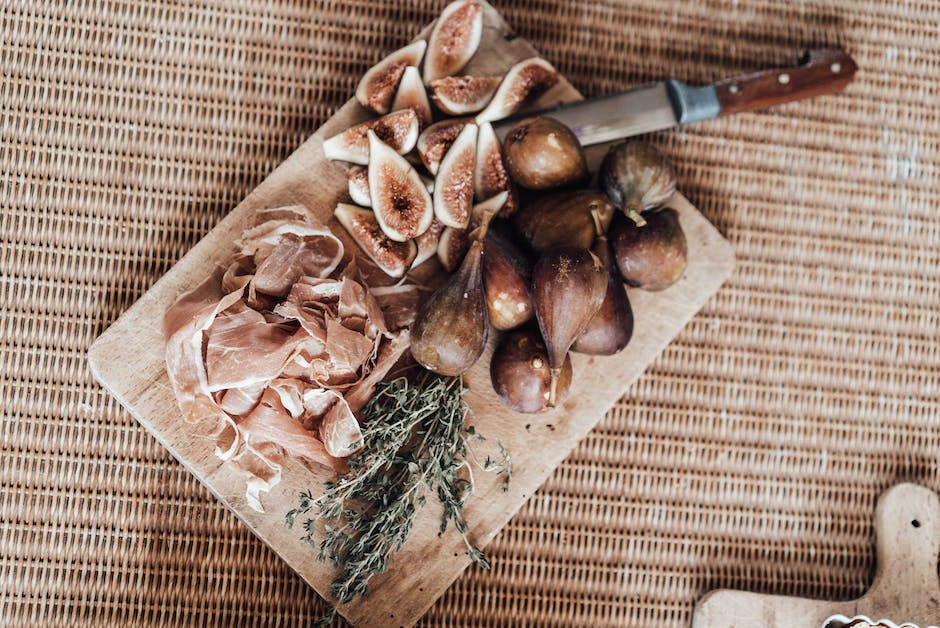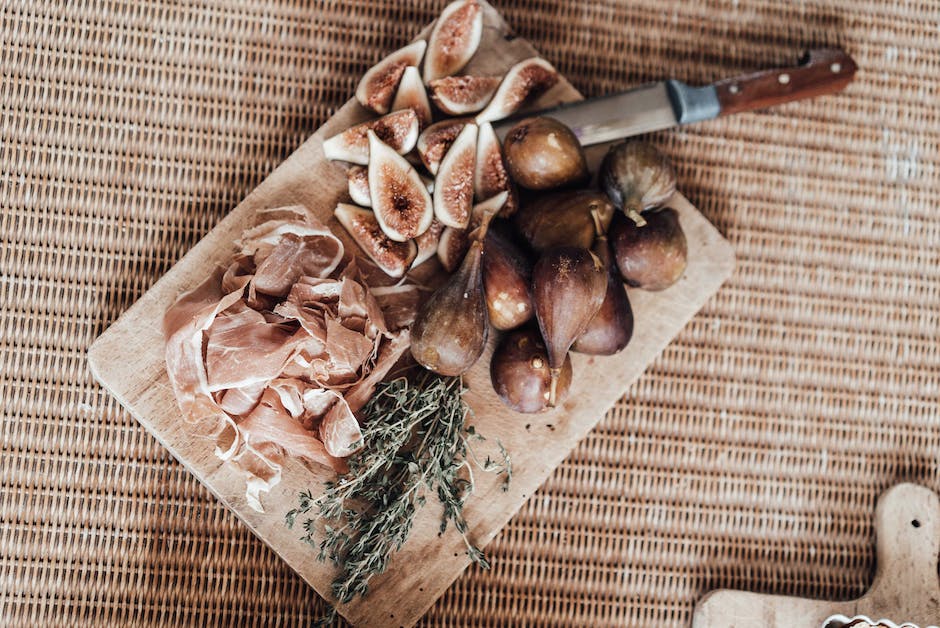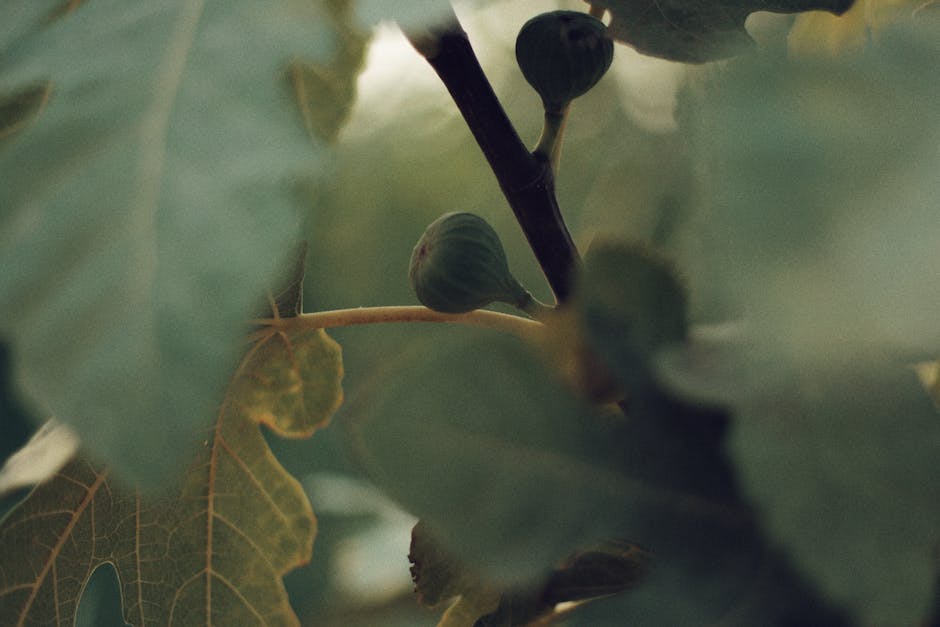Growing Fig Trees: A Guide to Cultivation from Cuttings

Embracing the rewarding process of growing your own fig tree from a cutting can be an enriching experience for every gardening enthusiast. Understanding the science behind fig tree cuttings along with the knowledge of how to nurture them can turn a common twig into a flourishing plant. This journey not only demystifies the process of growing a fig tree from a cutting, but also sheds light on the various fig tree species suitable for your specific region. Alongside this, the essay provides insights into the proper way of preparing the cuttings and establishing the planting site to ensure optimal growth. The concluding part provides a comprehensive overview of how to care for your newly planted fig tree, specifically focusing on the right watering schedules, sunlight needs, and various pest protection techniques.
Understanding Fig Tree Cuttings
Fig Tree Cuttings: Unfurling the Magic in Modern Horticulture
There is absolutely nothing like the tranquil satisfaction of watching one’s own fig tree flourish. Yet, perhaps one of the most fascinating aspects of this grandiose hobby lies not just in the tree itself, but in the magic of its humble beginnings. Fig tree cuttings, these splendidly resilient nodes of life are not simply a piece of the whole, but they have the potential to carry forth the splendor of an entire tree. They’re incredibly important in the area of propagation, providing a relatively swift way of multiplying the joy a single fig tree brings.
Firstly, let’s dive into understanding what exactly fig tree cuttings are. A fig tree cutting is, essentially, a small segment of the branch taken from a mature fig tree. Usually, these cuttings are around six to ten inches long and are taken during the late fall or winter months when the fig tree is dormant. The magic comes into play when this small section of a branch can become a genesis for a brand new, fruit-bearing fig tree.
An attentive grower would notice along the stem of the cutting, there are these fantastic little modules known as ‘nodes’. It’s here where the magic truly exists. A node functions like a gateway, a door leading to the possibilities of a new fig universe. Through strategic placement and tender care, this spot is where new roots will sprout, eventually giving rise to a wholly independent fig tree.
So, why do fig tree enthusiasts bathe in the thrill of these cuttings? The answer is simple: propagation. Taking cuttings from mature, healthy fig trees allows for the quick and efficient production of new fig trees that are genetically identical to their parent. No hassle with seeds, no questioning whether the new tree will bear fruit similar to the parent tree. It’s like photocopying a favorite book. The result is a perfect, page-for-page rendition of the original.
Additionally, fig tree cuttings work wonders in sustaining beloved local types of fig trees. These kinds of figs may not be commercially available due to issues with mass production or transportation. Nurseries may not carry them, yet a local fig enthusiast might have a mature tree that carries years of adaptation and resilience. By taking cuttings and sharing them amongst local hobbyists, these unique fig trees can be preserved and enjoyed by more people.
In the grand symphony of gardening, fig tree cuttings are the virtuoso performers. They are the start of a miraculous journey from a small segment of a branch to a majestic, fruit-bearing tree. With patience, vigilance, and a whole lot of love, anyone can create a fruitful oasis from the humble fig tree cutting. Every healthy fig tree stands as a testament to the silent beauty of growth and the magic contained within the simplicity of a single cutting. It’s a wonder how one small lead plays such a pivotal role in ensuring the future symphony of bountiful fig trees. So, here’s to the unsung hero of the fig world, the humble, resilient and ever magical fig tree cutting.

Preparing The Cuttings and Planting Site
Get Set, Grow: Preparing Fig Tree Cuttings and Optimizing Your Planting Site
Alright! So, you’ve learned all about the fascinating journey of fig tree cuttings, and you know the ins and outs of taking cuttings for propagation. You are aware of the magic that a simple fig tree cutting can hold and the allure of preserving local fig variety through propagation using cuttings. You’re ready to get your green thumb working. Now, let’s delve into the specifics of preparing your cuttings and planting site for optimum growth and health of your fig trees.
Preparation of Cuttings:
For fresh, vigorous growth, you want your cuttings to be as hale and hardy as possible. Begin by ensuring the cut ends of the cuttings are slashed at an angle. This is done because a cutting with a diagonal end provides a larger surface area for roots to sprout, thus allowing it to draw more nutrients and water from the soil.
Next, remember the nodes – those important, knobby rings along the stems of cuttings? That’s where growth occurs. So, dust the bottom end of your cutting, specifically the node closest to it, with a rooting hormone. This step boosts the cutting’s chances of developing strong roots and aids in quicker establishment. Make sure not to overdo it; a light dab will suffice.
Finally, before planting, let the cut and dusted cuttings rest in a cool, dry spot for a few hours, preferably overnight. This resting period, known as ‘callousing’, allows a protective layer to form over the cut ends, reducing the risk of rot or disease.
Perfecting the Planting Site:
Now that your cuttings are ready, it’s time to prepare the planting site in your garden.
Start with the soil. Fig trees crave well-drained soil. Whether your soil is sandy, loamy, or clay, it needs to provide good drainage. Enhance your garden soil with organic matter or compost to boost nutrient content and water retention ability.
Choosing the right spot is also crucial. Fig trees enjoy the sun. A sunny spot offering at least six hours of sunlight during growing seasons is prime real estate in your garden for your new fig trees. Do remember to provide some sort of wind protection, though, as fig trees aren’t fans of excessive wind.
Spacing is another essential consideration. Give your fig trees room to thrive. Plant each cutting about 10-15 feet apart, ensuring they have ample space to spread their roots and branches.
With these guidelines, you are now equipped with everything needed to take your freshly prepared cuttings and start the captivating journey of fig propagation. Happy gardening enthusiasts, here’s to the joy of witnessing the transformation of cuttings into lush, fruit-bearing fig trees!

Caring for Your New Fig Tree
– Planting Process and Immediate Aftercare
After going through the preparation stage, it’s time to place your cutting into the soil. The ideal depth to bury it is around 4 inches below the surface, ensuring the node at the bottom end of the cutting is completely covered.
Once planted, water the soil thoroughly until it becomes moist but not water-logged. There’s a careful balance here; enough water to support growth, but not so much that it obstructs oxygen delivery to the roots or propagates fungal diseases.
Maintaining Moisture Levels
Since fig tree cuttings are still fragile in their early stage, maintaining proper soil moisture levels is crucial. You can achieve this by watering your cutting every few days, avoiding both overwatering and underwatering. The rule of thumb is to keep the soil consistently moist to touch but never soaking wet.
Fertilizer Considerations
Once the fig tree cutting shows signs of new growth, usually after a month or two, it’s time to start a careful fertilization routine. A good choice for a tender fig tree is a balanced fertilizer, preferably organic with a 10-10-10 NPK ratio. Avoid fertilizing too heavily in the beginning to prevent root burn, and pay close attention to the tree’s reaction to feeding.
Monitoring Light Exposure
A newly planted fig tree cutting doesn’t need direct sunlight all day. An ideal location would provide morning sun and afternoon shade, which guards against scorching while still providing adequate light for photosynthesis.
Keeping an Eye on Pest and Disease
Pests, fungal and bacterial diseases can cause potential harm to your young fig tree. Regularly check the leaves, stem, and ground around the tree for any signs of something awry. Spotting issues early is the key to successful treatment and maintaining your tree’s health.
Winter Protection
Young fig trees are more vulnerable to cold winter temperatures which could cause the tree to die back or potentially even kill it. Therefore, in colder climates, it’s essential to cover the young tree with a frost cloth or garden blanket during chilly winter nights or install a small cold frame around it.
Adjusting Support
As your fig tree begins to grow and mature, it’s essential to provide additional support until it can stand upright on its own. Utilizing a stake or plant tie can help stabilize your young fig tree cutting, preventing damage from strong wind or heavy fruit loads in the future.
Remember, careful attention to these details, coupled with patience, can turn your fig tree cutting into a flourishing fruit-bearing tree in just a couple of years. So, get started with this exciting gardening project and watch the magic unfold in your backyard.

We trust this guide has enlightened you not only on the intricacies of growing fig trees from cuttings but also on the assortment of fig tree types that would flourish in your regional climate. The primary aspect that can turn your fig tree from a mere cutting to a thriving plant is ensuring appropriate preparation of the cuttings and the planting site. Moreover, caring for your fig tree by adherely to appropriate watering schedules, providing the right amount of sunlight, and warding off pests and diseases, contributes to the overall health and growth of your plant. Through the practice of these methods, cultivating your own fig tree from a cutting can indeed become an exciting project, giving you the pleasure of witnessing the growth of a new life right from its very inception.



